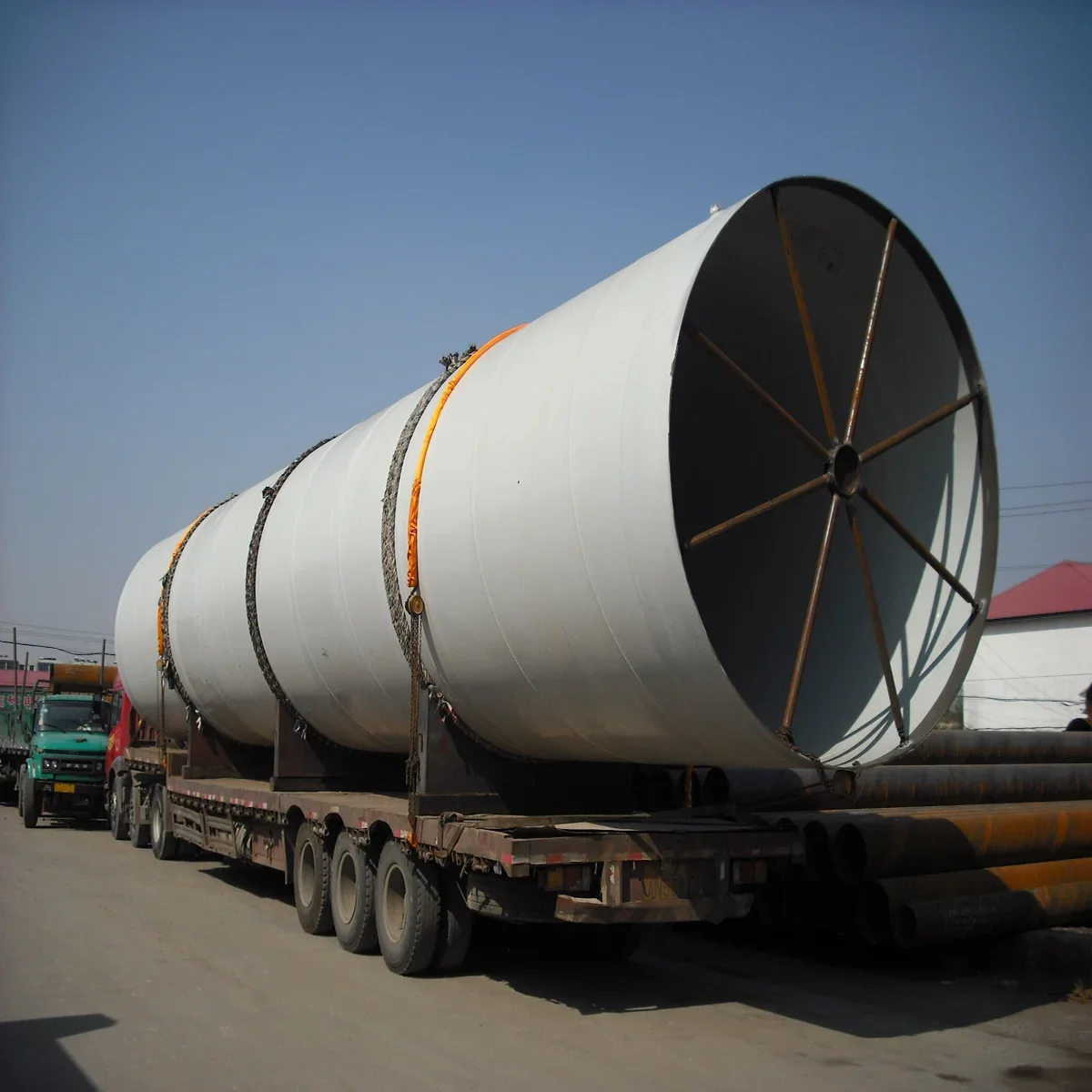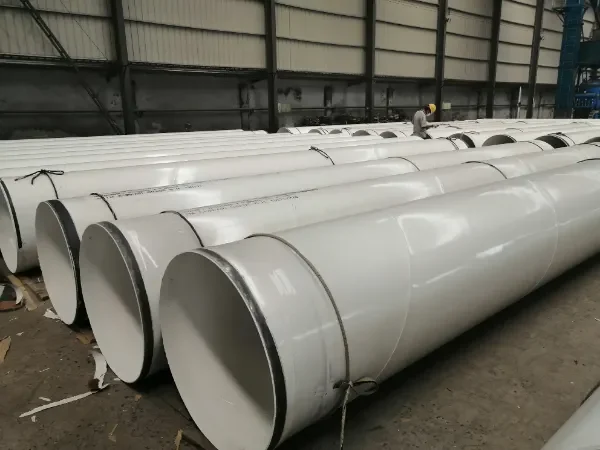A Comprehensive Review of epoxy lining sewer pipes
What is epoxy lining sewer pipes?
Modern urban infrastructure is only complete with sewer systems, which are in charge of removing wastewater from our residences and places of business. However, these systems can degrade with time, requiring expensive maintenance and causing interruptions. Epoxy lining, fortunately, has revolutionized sewage system restoration and increased its longevity. It is a truly fantastic option. The trenchless method of epoxy lining for sewer pipes, also known as epoxy lining sewer pipe or cured-in-place pipe (CIPP) lining, is used to restore and maintain damaged or degraded sewer pipes. Digging up the broken pipe and replacing it is common in traditional sewer pipe repairs, which may be expensive, disruptive, and time-consuming. An improved and more affordable approach is the epoxy lining. The condition of the existing pipes, appropriate preparation, and quality control throughout the application process are all key considerations for epoxy lining success.
The Revolutionary Replacement for Old Sewer Pipes: Epoxy Lining
Municipalities and utility corporations must maintain and renovate their deteriorating sewage systems as urban infrastructure ages. Traditional sewage pipe maintenance or replacement methods are sometimes expensive, time-consuming, and disruptive to communities. Enter epoxy lining, a ground-breaking trenchless technique that provides an affordable and effective way to restore damaged sewage lines.
· Problems Caused by Ageing Sewer Pipes:
A variety of problems, including corrosion, fractures, leaks, and decreased flow capacity, can affect old sewage lines. These issues may result in sewage backups, spills, degradation of the environment, and expensive emergency repairs. Excavating and replacing broken pipes is a traditional restoration technique, but it also causes major community disruption and requires a lot of time and money.
· The Development of Epoxy Lining
Developing epoxy lining, also known as cured-in-place pipe (CIPP) lining, as an innovative substitute for conventional pipe repair and replacement techniques changed the game. This novel method includes coating the inside of existing sewer pipes with a precisely prepared epoxy resin, thereby building a new pipe inside the old. The pipes' structural integrity and flow capacity are restored thanks to the seamless, long-lasting, and corrosion-resistant lining that is the result.
What is the Epoxy Lining Process?
A comprehensive check of the sewer lines utilizing cutting-edge video equipment precedes the epoxy lining procedure. This evaluation aids in determining the degree of deterioration, corrosion, and obstructions, enabling engineers to decide if the epoxy lining is an appropriate remedy. After being examined, the pipes are thoroughly cleaned to get rid of dirt, sludge, and roots. This guarantees that the epoxy glue will adhere properly. Next, a surface suitable for bonding with the epoxy may be created by sanding or other means on the internal surfaces of the pipes.
After that, epoxy glue is applied to a flexible liner, frequently composed of felt or fibreglass, and it is pulled or inverted into the damaged pipe. The epoxy-coated material is pressed against the inside walls of the existing pipe by the liner once it has been placed and inflated. Epoxy resin clings to the pipe's surfaces, creating a seamless lining. The epoxy must be cured before continuing. Depending on the epoxy composition, this is accomplished by using heat, steam, or UV light. The epoxy is solidified during curing, forming a robust, long-lasting, and corrosion-resistant barrier that plugs cracks and stops leaks.

The Best Solution for Sewer Pipe Issues is Epoxy Lining
Problems with sewer pipes can be a homeowner's worst nightmare, causing expensive repairs, inconveniences, and environmental hazards. Excavation and replacement of sewage pipes are two common traditional ways of repair that can involve high costs and difficulties. Epoxy lining, on the other hand, has become a cutting-edge and effective substitute. Epoxy lining, sometimes called cured-in-place pipe (CIPP) lining, has several advantages, making it the best choice for fixing sewage pipe issues. Using epoxy lining as an effective, affordable, and environmentally friendly alternative to conventional techniques has completely changed how sewage pipe rehabilitation is done. Epoxy lining is a monument to the ability of innovation to preserve and improve our vital urban systems as municipalities and utility corporations deal with the problems posed by ageing infrastructure. This technique enables better, more sustainable urban planning and restoring the operation of sewer lines.
The epoxy lining process entails injecting a unique epoxy resin within broken pipes. The pipe's inner surface is meticulously coated with epoxy to form a new, seamless lining inside the old pipe. Without the need for excavation or replacement, this lining successfully seals off fractures, leaks, and other problems to restore the pipe's structural integrity. Here are some reasons why epoxy lining is a better option:
· Minimal Disruption:
One of the epoxy lining sewer pipes biggest benefits is its non-invasive. Traditional pipe repair techniques sometimes involve digging up the afflicted area, upsetting roadways, structures, and landscaping. Epoxy lining reduces interruptions to the property and surroundings by removing the need for major excavation.
· Cost-Efficiency:
Due to labour, equipment, and material expenses, excavation and pipe replacement might be unaffordable. The epoxy lining is a cost-effective alternative since it uses fewer resources and fewer people. Additionally, it avoids any infrastructure and landscape damage that can incur additional costs.
· Time-Saving:
Epoxy lining drastically cuts repair time as compared to more conventional techniques. Epoxy lining may be finished in hours, whereas excavation and replacement might take days or weeks. Your sewer system is quickly restored, causing little or no further disturbance.
· Enhanced Durability:
The corrosion-resistant epoxy resin used in the lining is a strong substance. The smooth lining it creates stops trash buildup and future issues like root incursion and leakage. This longevity helps with long-term savings and mental clarity.
Epoxy lining is a green alternative since it avoids the need for substantial excavation and the resulting damage to ecosystems. Additionally, the longevity of the epoxy liner lowers the necessity for future repairs, which eventually uses less material and produces less waste.

· Versatility:
Cast iron, PVC, and clay are just a few of the pipe materials for which epoxy lining is appropriate. It may be applied to various problems, from slight cracks to severe degradation.
Conclusion:
Many homes and business owners deal with sewer pipe issues often. These issues, which range from blockages and leaks to fractures and corrosion, can result in substantial harm and inconvenience. Fortunately, epoxy lining sewer pipes is a solution that delivers durable and economical solutions. CANGZHOU SHENLONG PIPE MANUFACTURING Co., Ltd. can quickly get components in your hands whether you have questions about one of our steel products or want our engineering team to design something specifically for your business.






